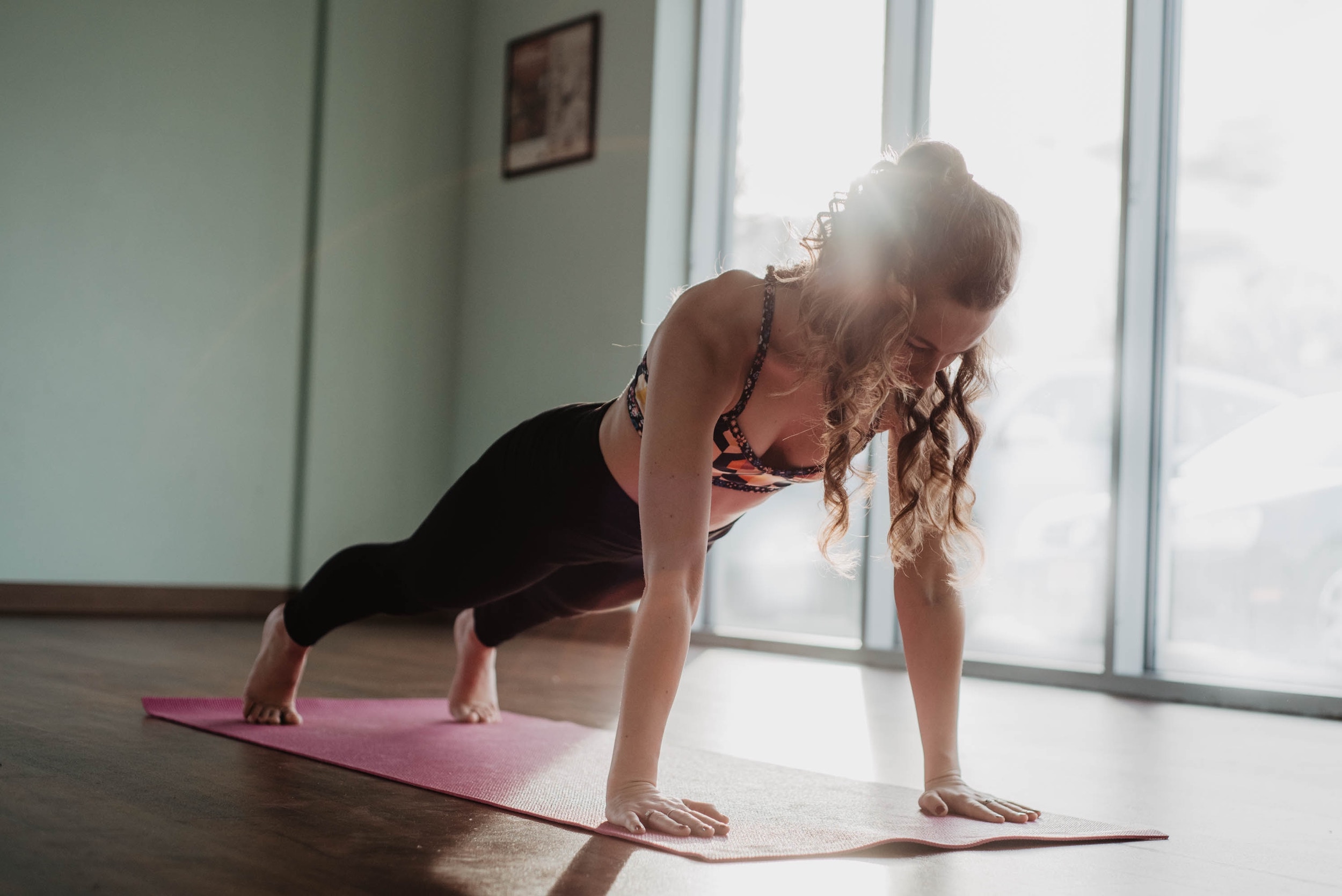Planking, when first introduced to the fitness scene, may have been met with skeptical glances. Why would someone want to balance their body weight on their toes and elbows in a seemingly static position and call it exercise? Yet, as years passed and the fitness world embraced planking with open arms, these initial apprehensions gradually became admiration for this versatile, full-body exercise powerhouse.
Our bodies are intricate machines where no muscle works in isolation. Strengthening the ‘core” is not just sculpting abs but fortifying an interconnected system of muscles crucial for stability and strength. Regularly performing plank exercises can help strengthen this core. Planking is exceptionally beneficial because it engages your shoulders, back, and glutes.
While doing a plank, your abdominals – the rectus abdominis and transverse abdominis – stabilize your spine, significantly preventing lower back pain. The obliques, or the side muscles, maintain your body’s balance. Your back muscles, especially the erector spinae, align the spine and neck while enhancing your posture. Meanwhile, your glutes and shoulders are equally engaged, forming a connected chain of muscles working in harmony.
One of the classic examples of this is the Forearm Plank, which engages your entire body. When you are in the position, your shoulders are stacked over your elbows, your legs are extended, and your body forms a straight line from head to heel. While maintaining this position, all the muscles discussed above come into play, making it a perfect illustration of how the body works as a unit.
Beyond the physical advantages, the humble plank shines as a mental exercise. The American Council on Exercise, in its detailed article “Planks for the Win,” highlights how planking requires physical and mental stamina. As you hold the plank position, there’s a constant battle between your body, which wants to give in to the gravitational pull, and your mind, which encourages you to persist. The longer you hold, the more you train your mind to resist quitting when uncomfortable.
Always engage your core during these exercises, and ensure your form is correct to avoid injury. As the legendary Joseph Pilates once said, “A few well-designed movements, properly performed in a balanced sequence, are worth hours of doing sloppy calisthenics or forced contortion.” This holds especially true for planking, where quality indeed triumphs over quantity. For beginners or those uncertain about their form, consulting with a trainer or fitness professional may be helpful when first starting. A little guidance can go a long way in ensuring you get the most out of your planks without risk of harm.
Planking is a remarkably well-rounded exercise that provides many benefits. It is a full-body exercise worth incorporating into your fitness routine, from strengthening your core to enhancing your posture, improving balance, and building mental stamina.
With that said, I would love to know your relationship with planking. Have you tried it before, and if so, have you experienced any notable changes in your strength, balance, or mental stamina? Feel free to share your planking experiences or any additional tips you may have in the comments below!
